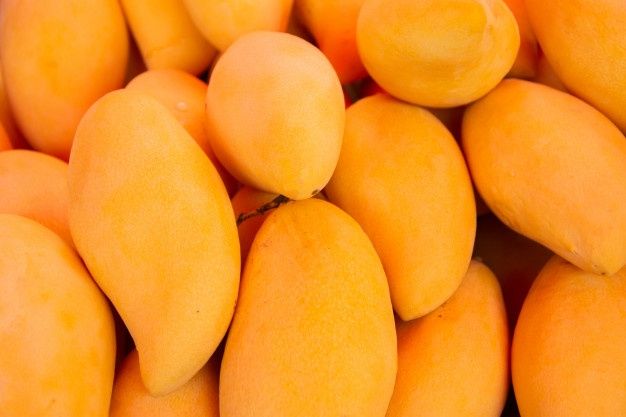Mango exports from Mexico to the world reached a growth of 4.5% year-on-year from January to October 2020, to 325.7 million dollars.
In terms of volume, these mango exports totaled 409,800 tons, an increase of 2.5%, at an annual rate, according to data from the Ministry of Agriculture.
In terms of volume, these mango exports totaled 409,800 tons, an increase of 2.5%, at an annual rate, according to data from the Ministry of Agriculture.
In addition to its delicious taste, its consumption favors the immune system and helps prevent cardiovascular diseases. Its different properties such as potassium, phosphorus and copper, give antioxidants. This benefits the nervous system and helps skin and hair appear healthy and shiny.
Mexico has the denomination of origin of the Ataúlfo mango, a variety of mango native to Soconusco, a coastal region in the Mexican state of Chiapas.
At the global level, for the group of commodities mango, mangosteen and guava, the data available from FAO indicate a contraction in exports of 4.9% during January-July 2020, compared to the same period in 2019, to a total of 1.2 million tons.
A significant reduction in mangosteen exports from Thailand to China, along with lower mango exports from Mexico to the United States (which later recovered) and from Brazil to the European Union, was the core of this decline.
Mango exports
In major import markets, a considerable portion of mangoes are consumed outside the home, making the widely implemented Covid-19-related containment measures particularly detrimental to the most traded fruit in this commodity group.
Likewise, according to the FAO, world trade in mangoes, mangosteens and guavas also showed greater susceptibility to the adverse effects of the pandemic as a result of its high perishability and sensitivity in transport, together with the fact that a large part of the exports are transported by air.

Regarding imports, a conclusive assessment of developments in the first six months of 2020 is hampered by a number of inconsistencies in the preliminary monthly data for 2020.
However, European Union import data for this period indicates an increase of 4.7 percent compared to 2019, in line with industry reports of higher supermarket sales of nutrient-rich mangoes in this trading bloc.
![]()

